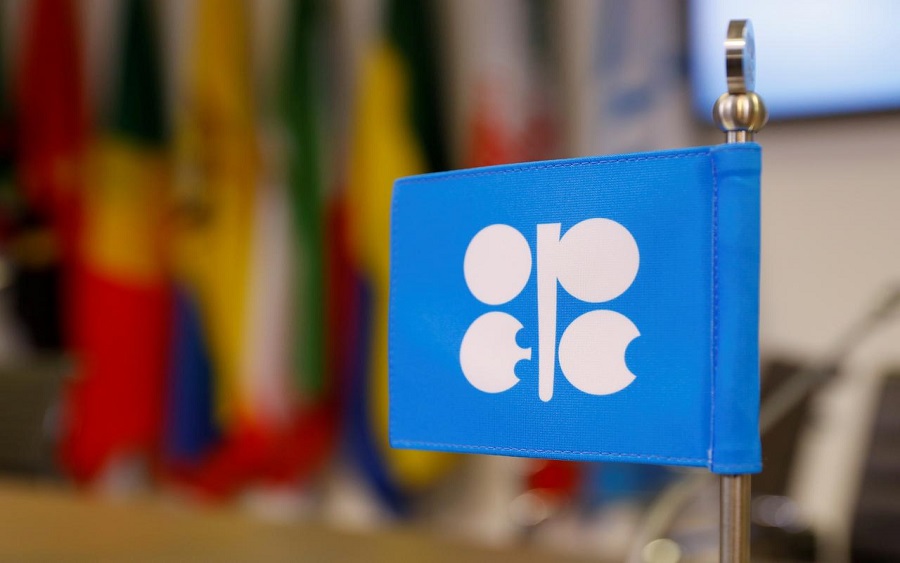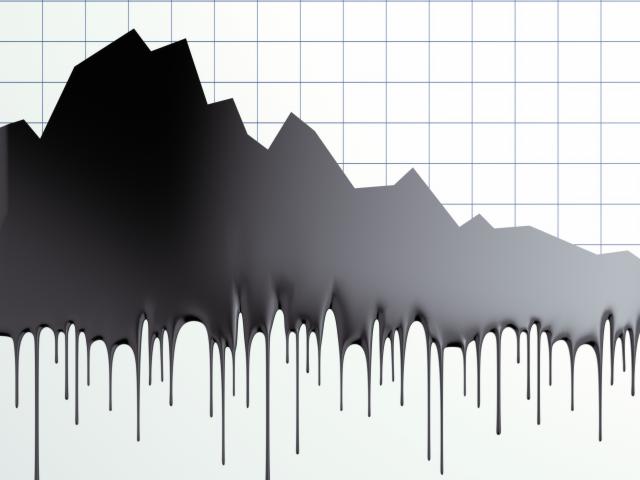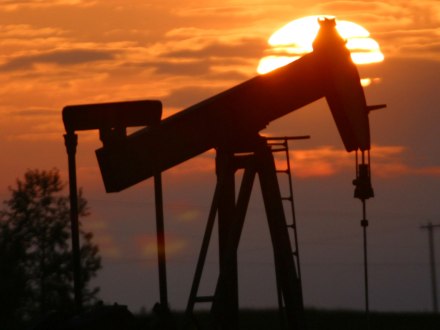A new note from research consultancy Energy Aspects cautioned that US crude oil output from shale basins could peak in 2024.
The note referenced five crude oil producers in the US considering cutting rigs at the start of 2023 due to high inflation.
Not so long ago, the US acted as the swing producer in the global oil markets, able to match, step-by-step, OPEC’s production cuts through increases in its own production.
But the US has struggled to boost production this year after seeing significant declines during the pandemic.
It has managed to increase its total crude oil production only by 200,000 barrels/day.
This cannot match OPEC’s 2 million barrels/day cut in production last month.
Due to the coming EU ban on Russian oil in December and a lack of shale drilling in US and Chinese economic recovery, Goldman Sachs predicted that tightening oil supply will drive crude oil prices to $115/ barrel by April.
The Brent oil price is already approaching $100/barrel.
US shale gas producers are struggling to meet domestic and export demand.
This has led to warnings to Europe not to rely on US LNG to rescue it if a harsh winter creates shortages and rationing of gas supplies.
US LNG exports have grown to about 12% of domestic gas production, compared to 4% in 2019, and there is a push to increase these even further.
The combination of these factors meant that US gas inventories are well below the pre-pandemic average despite increased production by around 4% in the second quarter of 2022 compared with the same period in 2021.
As a result of these developments, by August, Henry Hub prices jumped close to $10 per million BTU (mmBTU), in comparison to just over $2/mmBTU pre-pandemic and $3/mmBTU a year ago.
Even though the price now is just under $4.6/mmBTU, given the looming shortages, this is expected to rise significantly during the coming winter, putting additional pressure on US LNG exports.
Signs that US natural gas production would have to accelerate significantly were evident as early as spring this year.
But like in the rest of the oil and gas industry, investment in new oil and gas production in the US did not keep pace with growth in demand post-pandemic, contributing to the shortages that are being experienced.
Mixed messages
Mixed messages from the Biden Administration and the EU about the role of oil and gas longer-term are keeping investments in new exploration and production low.
Instead, the oil and gas companies are ploughing their massive profits into paying down debts, share buy-backs and returns to shareholders.
The cumulative profits for the seven biggest IOCs during the first nine months of 2022 could hit $173 billion.
Chevron’s CEO, Mike Wirth, and OPEC’s secretary general, Haitham Al Ghais, blame these mixed and confusing messages from western governments for the energy crunch, saying that they are holding oil and gas investment back.
With renewables still subject to variability and intermittency, pushing energy transition prematurely results in unintended consequences, including energy supply insecurity.
With demand for gas continuing to increase globally and US companies exporting LNG at record levels – and record prices and profits – availability of natural gas for US consumers is becoming tighter, impacting domestic gas and energy prices.
It seems unlikely that the US will be able to avoid a gas crunch this winter. This is risking a backlash.
Earlier this year, a group of Democratic US lawmakers urged the Biden administration to “limit US natural gas exports” while it examined the “impact on domestic energy prices”.
Those calls will grow louder if, as expected, domestic energy prices increase further this winter.
The US oil and gas industry is also facing backlash and resistance from climate and environmental campaigners and activists, with new gas pipeline projects facing innumerable approval and permitting obstacles, leading to major delays and cancellations of new projects.
Combined with a new EPA proposal for GHG and methane emissions reporting, it is hitting pipelines hard, constraining future increases in gas supplies.
Following the energy crisis, exacerbated by the Ukraine war, US LNG has become a lifeline for Europe as it struggles to replace the massive cut in Russian gas supplies.
Any slowdown in supplies will be a shock to Europe.
US drillers have been warning that they cannot increase oil and gas supplies in time to stop a winter energy crunch, in effect telling Europe that “there is no bailout coming.”
Given their problems, they will be unable to step up supplies quickly enough to prevent winter shortages.
US LNG is, in effect, close to reaching maximum capacity.
This is not good news for Europe, which has been turning to US LNG to replace the Russian pipeline gas supplies cut.
There are warnings of a colder-than-normal and calm winter in Europe, with less wind and rain hitting renewable and hydropower, putting additional pressure on gas demand.
Any slowing down of US LNG exports could have major consequences on the EU’s ability to cope.
Eurozone economies have no choice but to face the energy supply shock together if they are to moderate its impact. But will they?
Dr Charles Ellinas is Senior Fellow at the Global Energy Center, Atlantic Council
Tw: @CharlesEllinas










